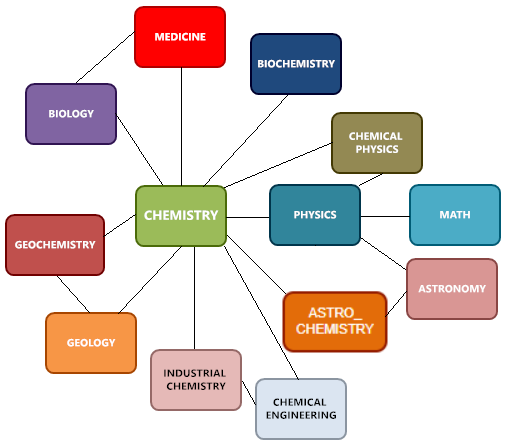Aims
Published since 1993, the Southern Brazilian Journal of Chemistry (SBJChem) is a biannual, international, fully double-blind peer-reviewed, and open-access Journal that welcomes high quality theoretically informed publications in the interdisciplinary fields of Chemistry.
- Research Article / Original Article
- Review Article
- Short Report / short communications
- Technical Notes
- Case Studies
- Clinical cases
- Interviews
- Book review
- Forum article
- Clinical Trial
- Retrospective Chart Reviews
- Cohort Studies
- Prospective or Retrospective Data Collection
Researchers from all countries are invited to publish on its pages. The Journal is committed to achieving a broad international appeal, attracting contributions, and addressing issues from various disciplines related to Chemistry, and interdisciplinary areas, such as Physics, Mathematics, Biology, Pharmacy, Medicine, Engineering, Industrial Science, and Agriculture. The SBJChem is a refereed journal dedicated to express views on the covered topics, thereby generating a cross current of ideas on emerging matters.

